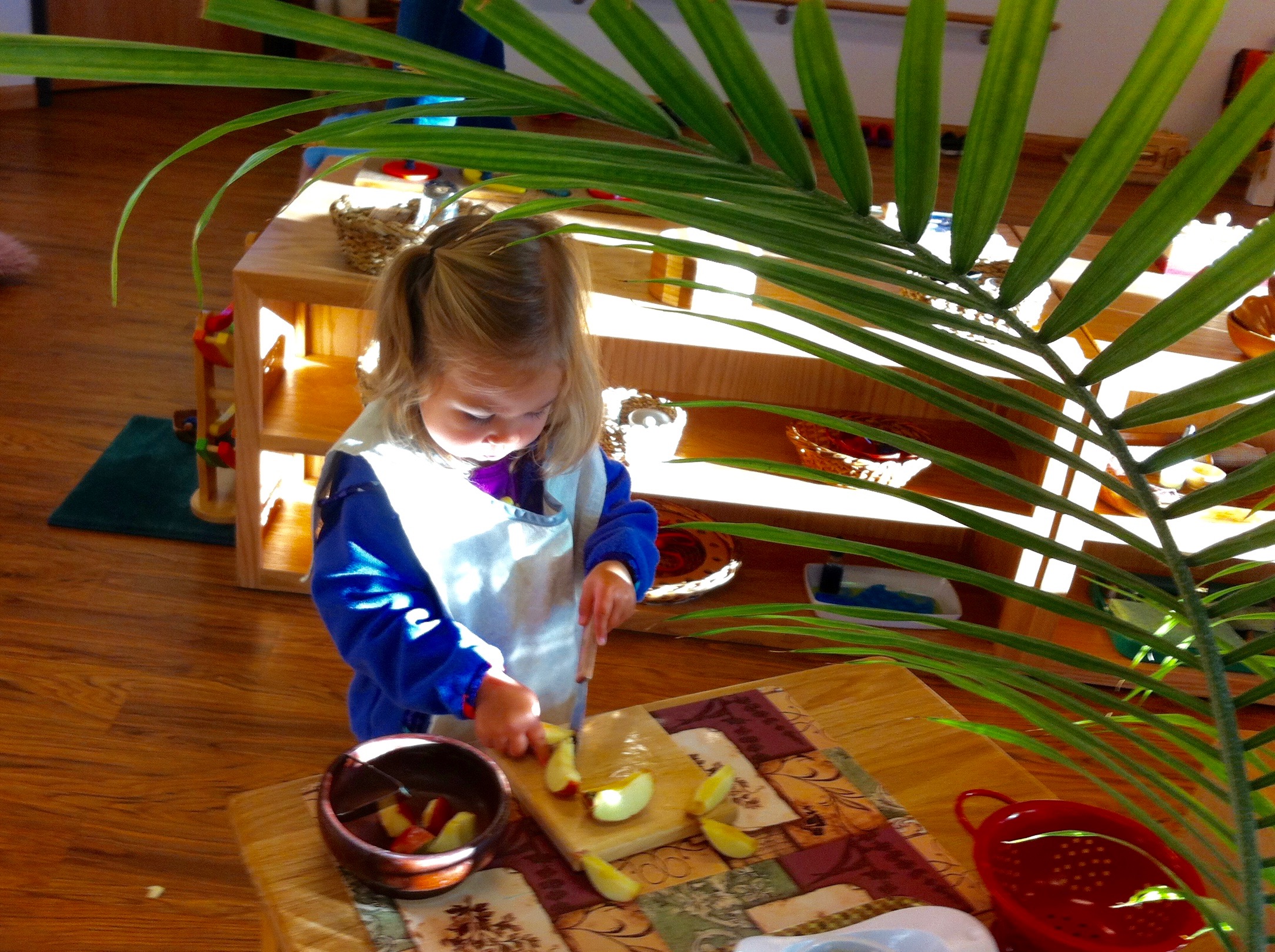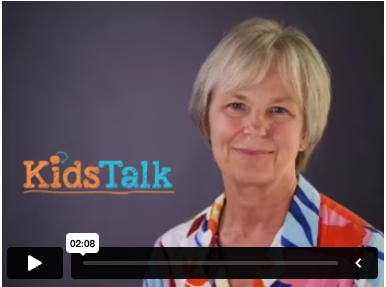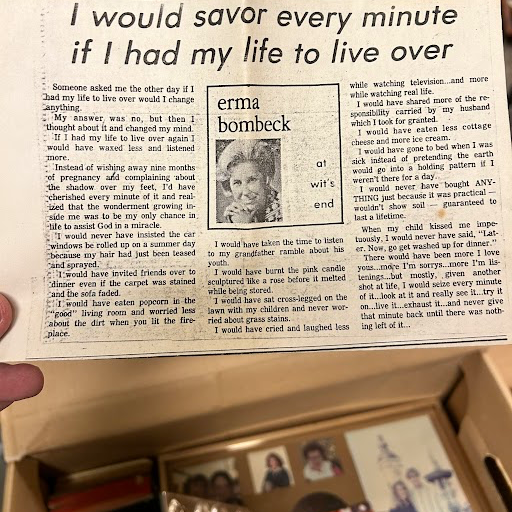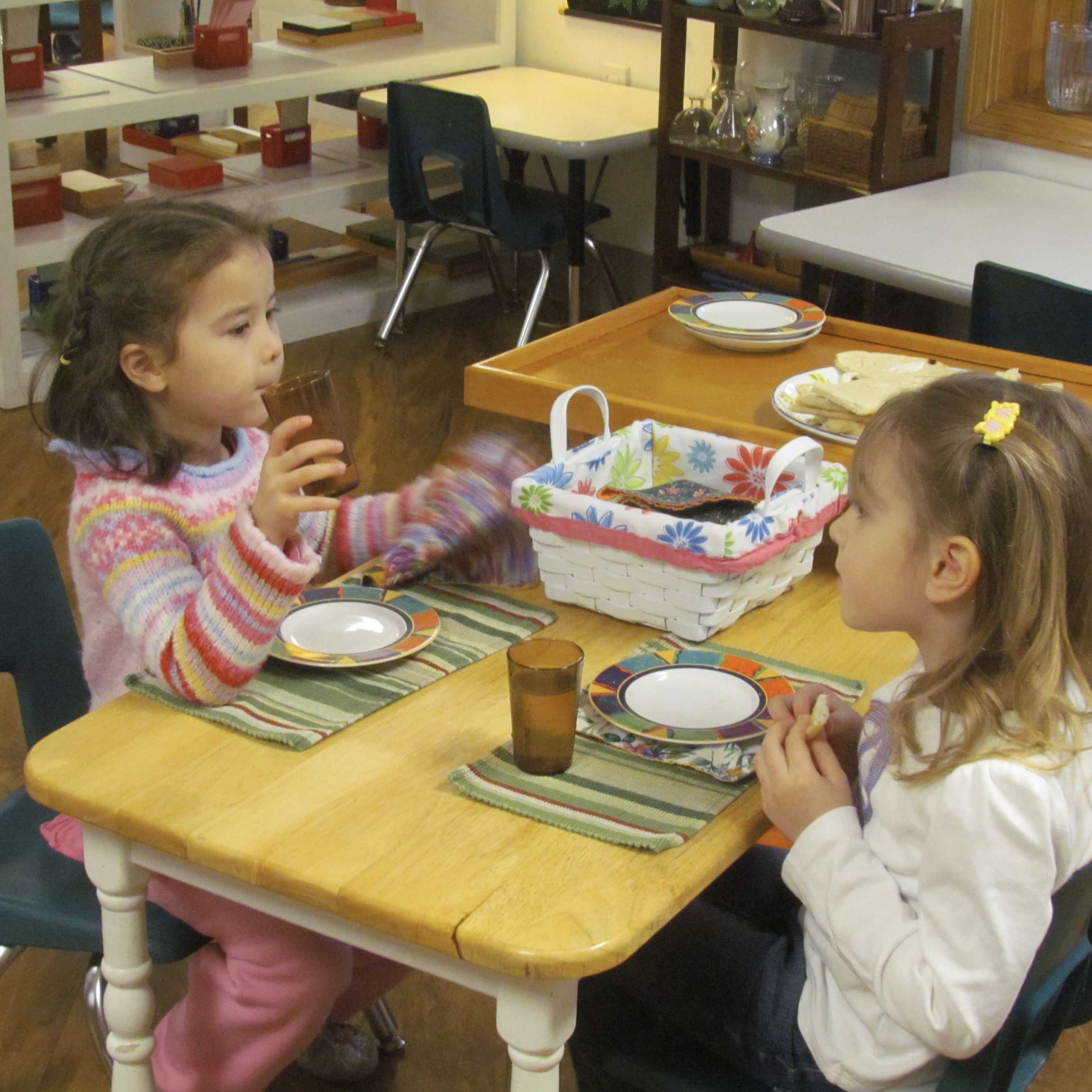By Catherine McTamaney
Imagine it: you’re at your work, fully absorbed in the task in front of you. Your attention is focused on your project. You’ve finally hit a pace and you’re getting it done. And the phone rings.
What happens to your work?
For most adults, getting interrupted from our work means broken momentum. The rhythm of our work is disrupted. It’s hard to get back on track. If we’re concentrating deeply, absorbed in our work, the impact is even more significant. We may be disoriented. We may have a hard time listening. We may find it challenging, or even impossible, to go back to the work we were doing before the interruption.
Our children experience the same obstacles when we interrupt their concentration, even when we do so because we are trying to be kind. Because children’s attention space may seem very short (or nonexistent!), it’s easy to forget that attention is a work in progress.
Children’s ability to concentrate is a developing skill and, like all developing skills, requires the opportunity to practice in order to master. When children are engaged in interesting activities, they are simultaneously practicing their ability to remain engaged, to attend to other activities and to manage multiple stimuli without losing the capacity to concentrate on one. For parents, supporting children’s developing concentration means, first, giving them the opportunity to concentrate without interruption.
When you notice that your child is paying attention to something, even for just a moment or two, try to wait until your child breaks his or her attention independently before interrupting.
You can do this even with very small children. Infants will observe interesting visual stimuli, watching carefully and quietly. For example, an infant in a stroller may notice the curious light patterns he sees when his stroller is pushed under the branches of a tree. If you notice your child paying attention, stop moving. Allow him or her to observe whatever it is that’s captured the gaze and wait until your child independently looks away before moving along. With older children, you may notice your child busily engaged with a toy or book. Whenever you can, wait until your child is transitioning independently from the activity to suggest something else to do. Protecting the moments when your child independently concentrates allows that concentration to develop with greater ease.
And remember: your example is as important as the opportunities you provide for your child. Model attentiveness for your child. Selectively multitask. Put your telephone away more often. Turn off the computer or television when you’re playing with your child. Make and keep eye contact during conversations with your child. Avoid calling to your child from across the room when he or she is already engaged in another activity… instead, if a situation calls for your child to finish an activity before he or she would have chosen to do so, interrupt as gently as possible. Quietly touch him or her on the hand or shoulder and wait until you have your child’s attention before directing him or her to change activities. Doing so requires you to slow down, to notice your child’s activities and engagement more closely, and to model a respect for their developing concentration and interests: all good skills for us to practice ourselves.







